Applying a thin film of metallic oxide significantly boosts the performance of solar panel cells–as recently demonstrated by Professor Federico Rosei and his team at the Énergie Matériaux Télécommunications Research Centre at Institut national de la recherche scientifique (INRS).
The researchers have developed a new class of materials comprising elements such as bismuth, iron, chromium, and oxygen.
These “multiferroic” materials absorb solar radiation and possess unique electrical and magnetic properties. This makes them highly promising for solar technology, and also potentially useful in devices like electronic sensors and flash memory drives.
a, R–D relationship in BFCO films grown under different PLD conditions. b,c, UV–visible absorption spectra of BFCO thin films at different R ratio (that is, Fe/Cr cation ordering). HT, high temperature; LT, low temperature; HG
a, UV–visible absorption spectra of BFCO thin films. b, Absorption peak position (blue) and area (black; in arbitrary units, a.u.) versus ordered BFCO domain size D in films. c, Corresponding direct optical transitions
a, Device layout of the tested BFCO single-layer-based structure. b, J–V characteristics of BFCO single-layer devices under AM1.5G illumination c, Energy-level diagram based on UPS results showing the valence and conduction energies
a, UV–visible absorption profiles of BFCO multilayers (M1 and M2), which indicate that the material absorbs the solar spectrum from 1.4 to 3.2 eV (from 885 to 388 nm) in a complementary manner. b, (αE)2 versus energy plots
a, Schematics of energy band alignment for the ITO/BFCO/NSTO device, in the absence of polarization (left) and in remnant polarization-up and -down states (right). b, Corresponding electrical circuits. c, EQE measurements of BFCO
The results of this research are discussed in an article published in Nature Photonics by researcher and lead author Riad Nechache.
The INRS research team discovered that by changing the conditions under which a thin film of these materials is applied, the wavelengths of light that are absorbed can be controlled. A triple-layer coating of these materials–barely 200 nanometres thick–captures different wavelengths of light. This coating converts much more light into electricity than previous trials conducted with a single layer of the same material. With a conversion efficiency of 8.1% reported by Nechache and his coauthors, this is a major breakthrough in the field.
The team currently envisions adding this coating to traditional single-crystal silicon solar cells (currently available on the market). They believe it could increase maximum solar efficiency by 18% to 24% while also boosting cell longevity. As this technology draws on a simplified structure and processes, as well as abundant and stable materials, new photovoltaic (PV) cells will be more powerful and cost less. This means that the INRS team’s breakthrough may make it possible to reposition silicon PV cells at the forefront of the highly competitive solar energy market.
Publication Reference:
R. Nechache et al: Bandgap tuning of multiferroic oxide solar cells. Nature Photonics, 2014




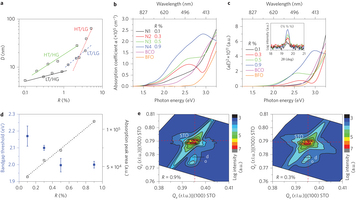
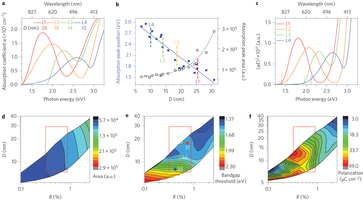
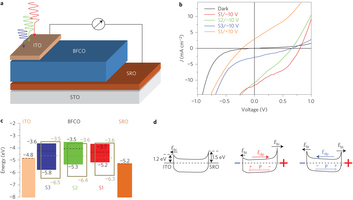
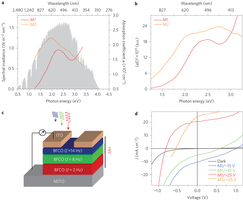
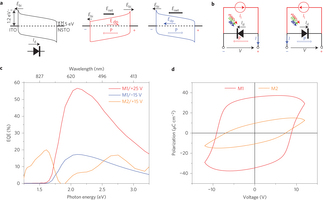











Comments